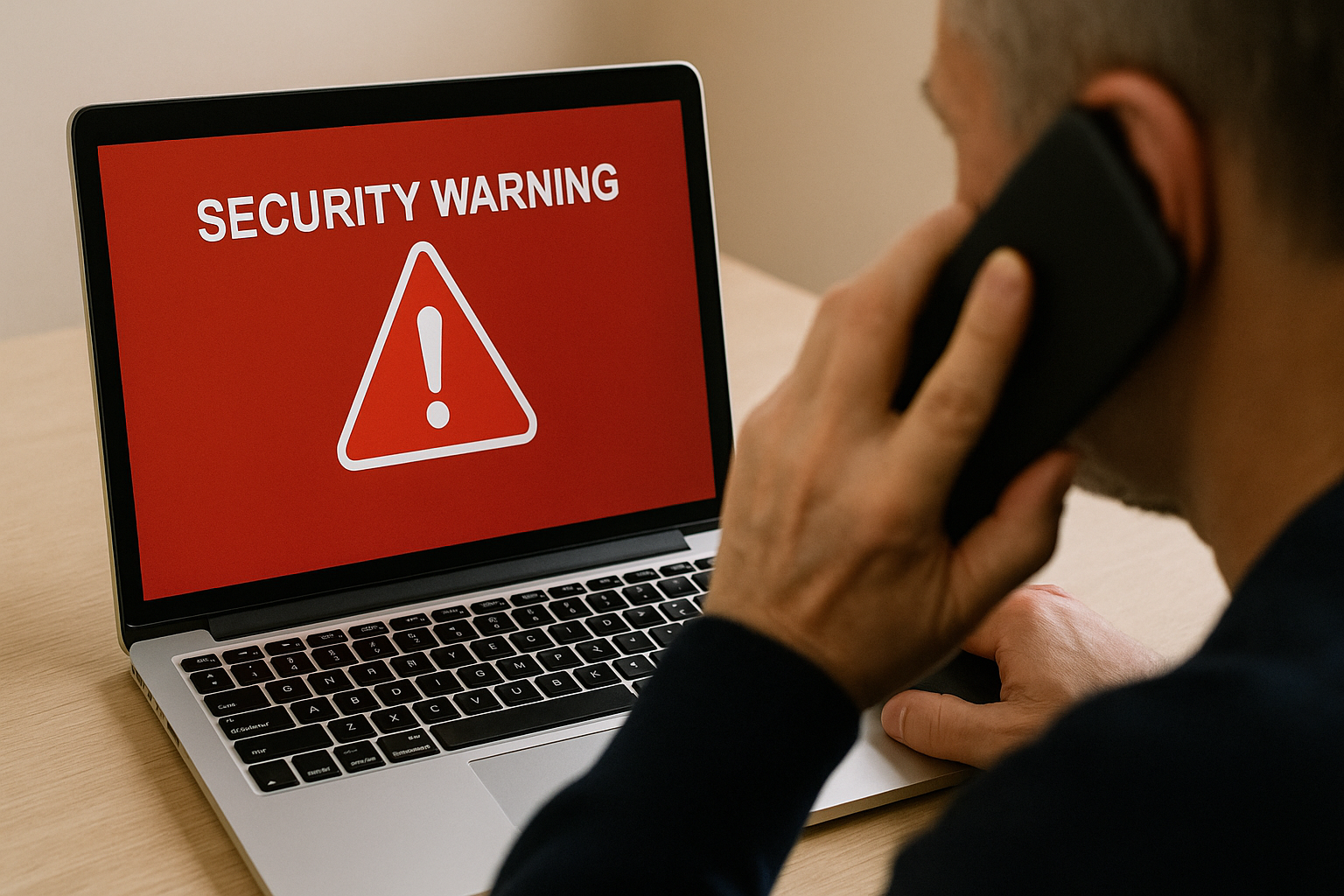Fraud and suspicious activities that occur within an organization. An investigation that gathers evidence of these and resolves or handles the problem is an "internal fraud investigation. Although most of the frauds and scandals that make the news are in large companies, there are actually situations in which internal fraud and its investigation are necessary even in small and medium-sized companies. This section introduces common internal fraud tactics and examples, as well as points to keep in mind when conducting internal fraud investigations and how to respond to them.

What is an internal fraud investigation?
There are various types of fraudulent or suspicious activities that occur within a company, such as bribery, embezzlement, outflow of funds, leakage of confidential information or data, improper transactions or accounting, and noncompliance. The purpose of an "internal fraud investigation" is to identify and properly resolve or handle these issues. Some internal fraud investigations are triggered by whistleblowing, in which case careful handling of the protection of informants is essential. The effectiveness of the "whistleblower system" in resolving problems quickly and accurately while thoroughly protecting informants is becoming increasingly recognized.
→ What is the Whistleblower System (Whistleblower System)? Explanation of the benefits of introducing the system and the process of responding to a problem
Common Ways to Commit In-House Fraud
There are multiple factors that contribute to the occurrence of internal fraud, and the Fraud Triangle models the process by which people commit fraud. This concept, which is commonly used in the field of fraud investigation and risk management, states that the likelihood of a person committing fraud increases when the following three factors are aligned
1. motivation
A person is motivated to commit fraud when he or she has something to accomplish (motive), such as being in financial distress (e.g., having debts) or having a desire or pressure to achieve a quota.
2. Opportunities
Inadequate controls and monitoring systems for important corporate information, gaps in checking systems, and other circumstances that make it difficult for fraudulent activities to go undetected make it easier to commit internal fraud.
3. justification
This is a psychological effect in which people justify their wrongdoing by using convenient theories and explanations, such as "It's to make up for my low salary," or "I only borrowed the money so I can pay it back later," thereby eliminating ethical resistance.
The following are some examples of common fraudulent tactics.
Accepting bribes, embezzlement, or kickbacks
It is a criminal offense for a public official, government official, or officer of a private company to improperly give or receive money. Embezzlement, the use of company funds or assets for personal purposes, as well as kickbacks, the receipt of compensation or commissions from business partners or other parties, may also constitute misconduct under certain circumstances.
Information Leakage and Leakage
Leakage or leakage of information can be in a wide variety of forms, both digital and paper, such as taking important internal information without permission and reselling it, misusing confidential trading information to trade on the stock market, or providing confidential information to a competitor. Such misconduct not only causes a company to lose social credibility, but also directly leads to significant damage, including compensation for damages.
Falsification of internal data
There are many examples of falsifying financial data to conceal a company's performance or financial status, rewriting reports and documents, falsifying the contents of documents and contracts to intentionally conceal unfavorable conditions, and filing false attendance status applications.
Click here to contact FRONTEO for fraud investigation /contact/. Points to keep in mind when conducting an internal fraud investigation
When conducting an internal fraud investigation, it is necessary to consider how to proceed, how to protect the reporting employee, and how to prevent recurrence, and to proceed carefully and promptly. The following is an explanation of points to note and appropriate measures to take.
Do not proceed with the investigation only internally.
In some cases, the investigation may be conducted confidentially within the company, in order to avoid making a big deal out of it, but this is not advisable. If an investigation is conducted by employees who do not have expertise in internal fraud, there is a risk of missing information that could serve as evidence, or the evidence may be hidden or destroyed and cannot be recovered, and the investigation may not lead to a solution.
Protecting employees who report or inform us
Companies have a duty to protect whistleblowers. While "whistleblower searches" may occur when an internal misconduct investigation is initiated, the utmost care must be taken to ensure that the employee who reported the incident is not identified or becomes the subject of rumors, which could lead to harassment.
Investigations of misconduct should be conducted in a confidential and speedy manner.
If it becomes known within the company that an investigation of misconduct is being conducted, there is a possibility that the employee in question will try to destroy evidence, or that he or she will collude with an accomplice. Unnecessary search for culprits may hinder the investigation and affect the internal relationships within the company. A speedy resolution is required by proceeding with the investigation in the shortest possible time.
Work to prevent the recurrence of misconduct.
While it may be difficult to completely eliminate internal fraud, the damage can be minimized by working to detect it at an early stage. Thoroughly enforcing rules and regulations to prevent fraud, introducing monitoring tools, and making these known throughout the company will help to create an open and transparent work environment and prevent the recurrence of fraud.
How to deal with internal fraud after it occurs
What actions should be taken after the actual discovery of fraud or misconduct? This section introduces methods for punishing employees and investigating internal fraud, as well as the contents and flow of investigations conducted by outside vendors.
Disciplinary action against employees who have committed misconduct
Employees who commit fraud must be punished in some way. In addition to civil liability, leakage of confidential information, theft, and embezzlement will result in criminal penalties if the fact of wrongdoing is confirmed. In cases where the employee is not held legally liable, appropriate disciplinary actions such as disciplinary dismissal, demotion, suspension from work, or pay reduction will be taken in accordance with the rules stated in the employment regulations based on the Labor Standards Law.
Hiring an outside investigation company to conduct a "forensic investigation
As mentioned above, resolving internal fraud issues requires expertise, and it is not recommended to conduct the investigation in-house only, as there is a risk that incorrect handling may make it difficult to clarify the facts. The shortcut is to commission a reliable and specialized investigation company to conduct a "forensic investigation.
→Related Article] "What is Forensic Investigation?
Examples of Internal Fraud Investigations
As a leading forensic investigation company, FRONTEO has dealt with a large number of incidents.
Information leak investigation regarding confidential information taken out by a retired employee
FRONTEO investigated an employee's PC and smartphone, and found that the employee was in possession of trade secret information outside the scope of work and that multiple data may have been leaked. After our lawyers conducted an interview with the employee, he admitted the facts, and FRONTEO responded by completely deleting all related information. This led to the prevention of information leaks.
Fraud investigation regarding kickbacks of subcontracting expenses by an employee
When Company B, a client of FRONTEO, pointed out that an employee of Company A was acting flamboyantly, FRONTEO conducted an internal investigation and discovered that there was a discrepancy between the amount invoiced and the amount paid. Company A and its legal counsel conducted fact-finding interviews, which led to the filing of criminal charges against the individual in question and his accomplices.
Please refer to the "Forensic Investigations" page for other examples of forensic investigations.
For forensic investigations of internal fraud, contact "FRONTEO," which boasts a wealth of experience in AI-based investigations.
FRONTEO boasts a wealth of experience in the field of internal fraud investigations, and our strength lies in our ability to quickly respond to incidents and provide proposals and investigations that lead to solutions.
Recently, forensic investigations handle vast amounts of digital data, so the use of artificial intelligence (AI) is essential. FRONTEO makes full use of its self-developed AI engine to quickly process large volumes of data. FRONTEO also has in-house developed software to handle a wide range of cases, enabling us to conduct forensic investigations quickly and at a high cost-performance ratio.
We are also fully capable of handling difficult investigations based on the knowledge we have gained from our overwhelming number of cases, and we respond quickly in case of emergency. We strive to minimize damage and prevent recurrence.
→ Click here to contact us for forensic investigation consultation and inquiries.
→Related article] FRONTEO's Forensic Investigation Service page
